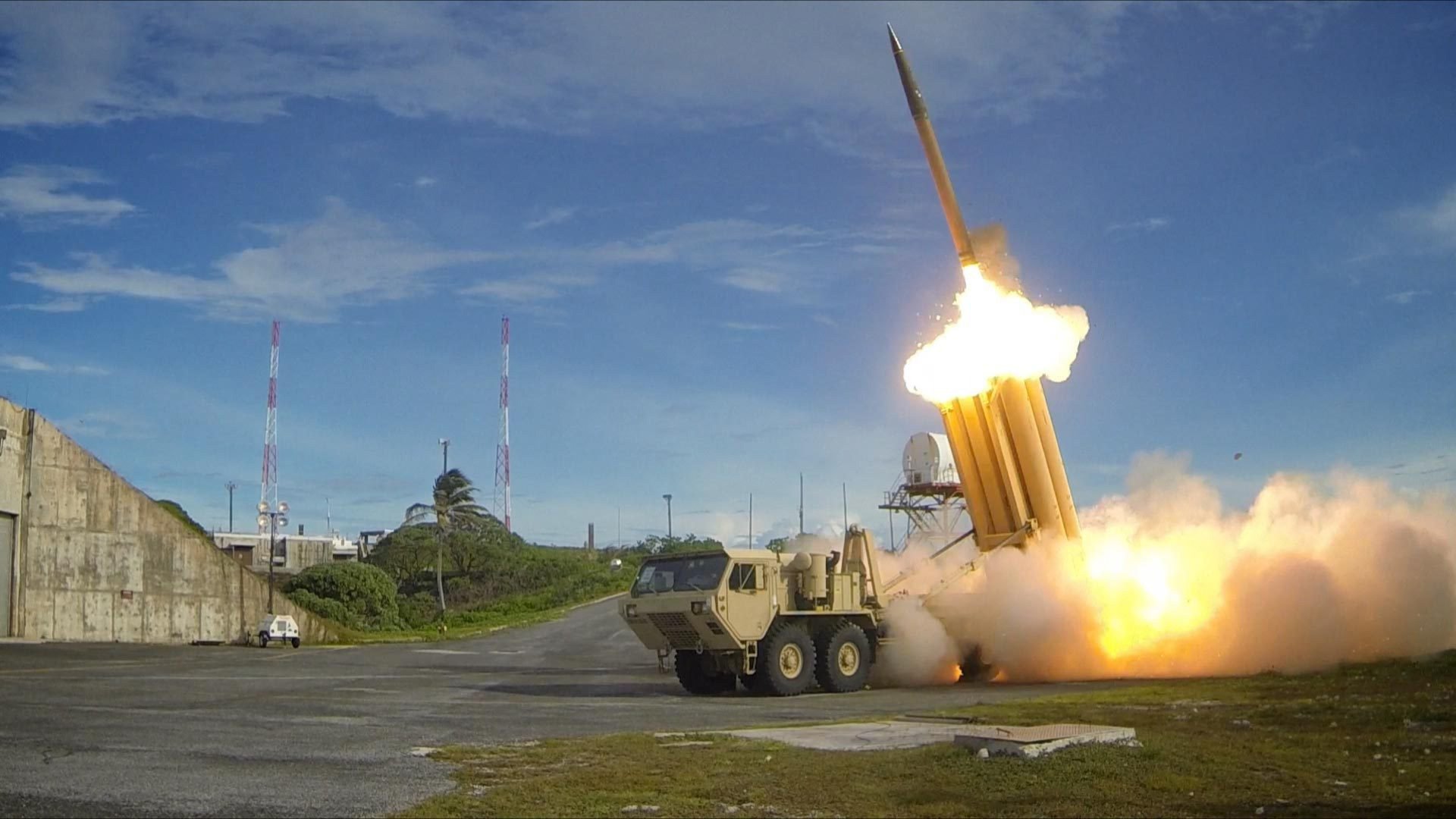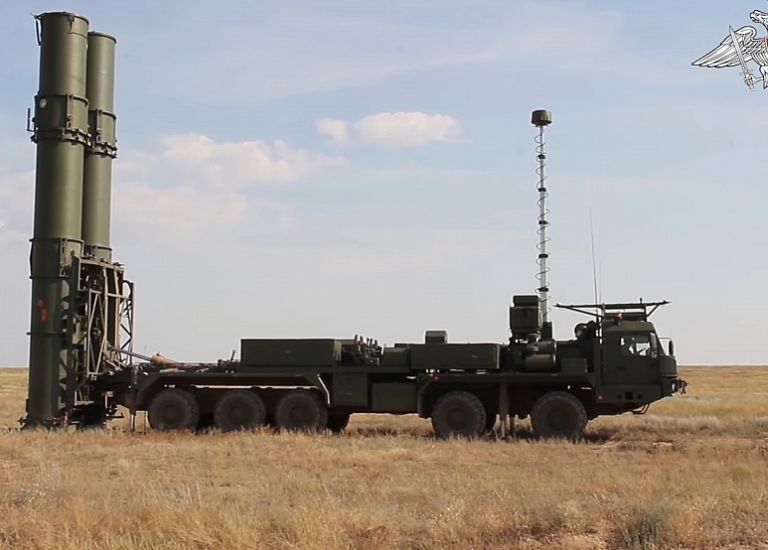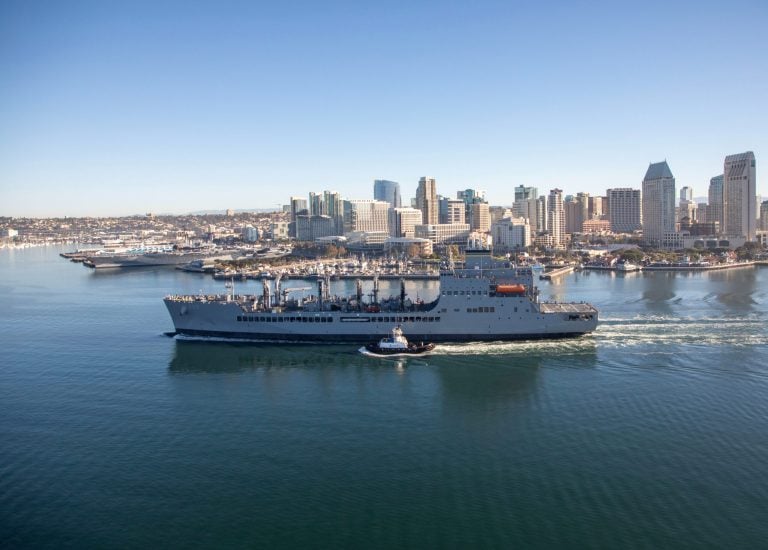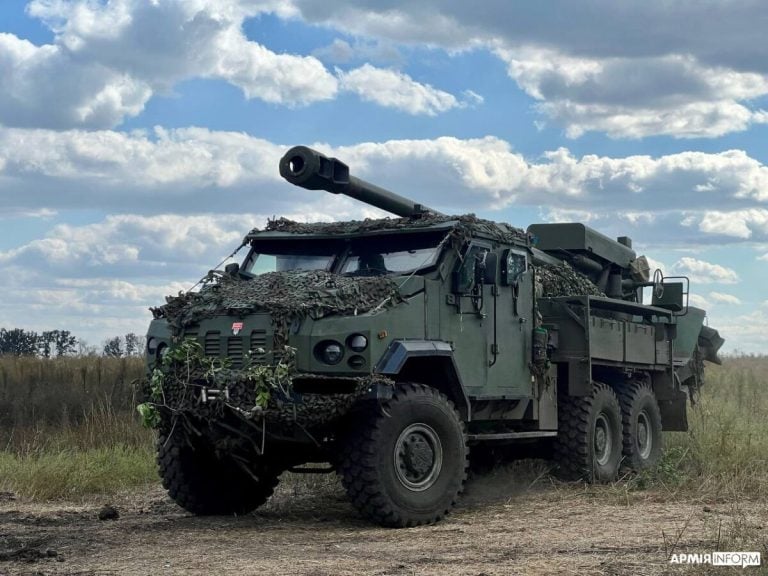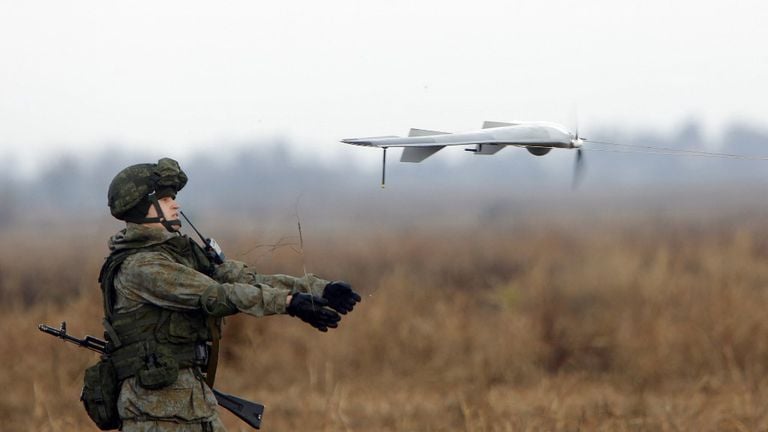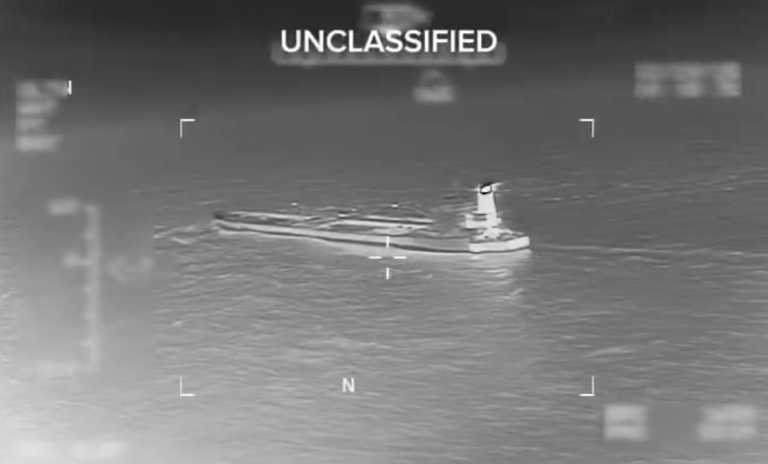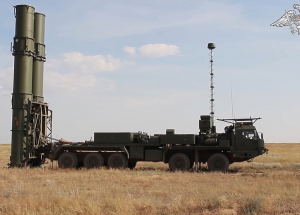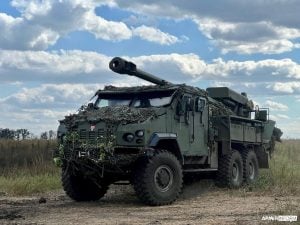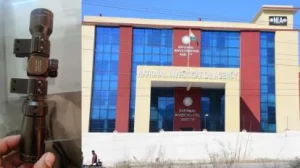On the night of January 17, 2022, a landmark event occurred in missile defense history as the U.S.-operated Terminal High Altitude Area Defense (THAAD) system successfully intercepted Houthi ballistic missiles targeting an oil facility near Al-Dhafra Air Base in the United Arab Emirates. This operational intercept marked the first time THAAD was used in a combat environment, showcasing its ability to engage and destroy incoming threats, validating a technology that relies on kinetic energy to neutralize projectiles.
The operational success of THAAD highlighted its crucial role in safeguarding strategic assets and lives, evolving from a theoretical concept into a reliable asset in missile defense. The system is designed to intercept and destroy various types of ballistic missiles, including short-range, medium-range, and limited intermediate-range threats, during their final flight phase. Notable for its dual operational capability inside and outside the Earth’s atmosphere, THAAD serves as a middle-tier defense component in the U.S. Ballistic Missile Defense System, complementing both lower-tier systems like the Patriot and upper-tier systems such as the Navy’s Aegis.
THAAD’s development began in 1992, under Lockheed Martin’s guidance, but faced formidable engineering challenges during its early years. Initial tests from 1995 to 1999 were fraught with failures due to software errors and mechanical problems, leading to funding reductions. However, revisions in the program significantly enhanced its effectiveness, resulting in a success rate of over 95% for intercept tests conducted after 2005.
The “hit-to-kill” technology is integral to THAAD, allowing the interceptors to destroy incoming missiles through high-speed collisions rather than explosive warheads. This approach minimizes collateral damage, especially critical when facing threats potentially carrying weapons of mass destruction. Intercepts occur at high altitudes, aimed at neutralizing threats before they can impact populated areas or critical infrastructure.
THAAD consists of four principal components: the interceptor missile, the AN/TPY-2 radar, the fire control and communications unit, and the mobile launcher vehicle. The interceptor, designed for extreme speeds, can engage targets up to 200 kilometers away and reaches altitudes of 150 kilometers. The sophisticated AN/TPY-2 radar provides essential surveillance and tracking capabilities, allowing for early threat detection and discrimination against decoys.
Interoperability is a key aspect of THAAD, enabling it to integrate with other defense systems to form a cohesive missile defense network. This capability has been demonstrated in deployments across regions including Hawaii, Guam, South Korea, and more recently in the Middle East, with strategic deployments responding to evolving ballistic missile threats.
The system has not been without controversy, particularly its deployment in South Korea, which drew significant protests and geopolitical tensions with China. Nevertheless, the global deployments of THAAD reinforce the United States’ commitment to missile defense and regional stability, indicating its operational readiness in an increasingly volatile environment.
Despite its successes, THAAD faces limits, particularly concerning intercontinental ballistic missiles, which necessitate the use of additional systems like the Ground-based Midcourse Defense. Challenges also arise from maneuvering targets and the risk of interception failures, as evidenced by incidents where threats evaded interception.
Future developments for THAAD include hypersonic missile tracking enhancements and the potential for a THAAD-ER variant aimed at extending engagement ranges. As missile threats evolve, continuous investment in research and development will be imperative to maintain THAAD’s relevance.
As it stands, THAAD remains a pivotal component in the United States’ and its allies’ missile defense strategy. Its role within a layered defense architecture ensures enhanced operational capabilities and strategic deterrence against an array of missile threats. The ongoing evolution of this system illustrates the ongoing arms race between offensive and defensive technologies in modern warfare, underscoring THAAD’s indispensable role in ensuring security in a complex global landscape.
